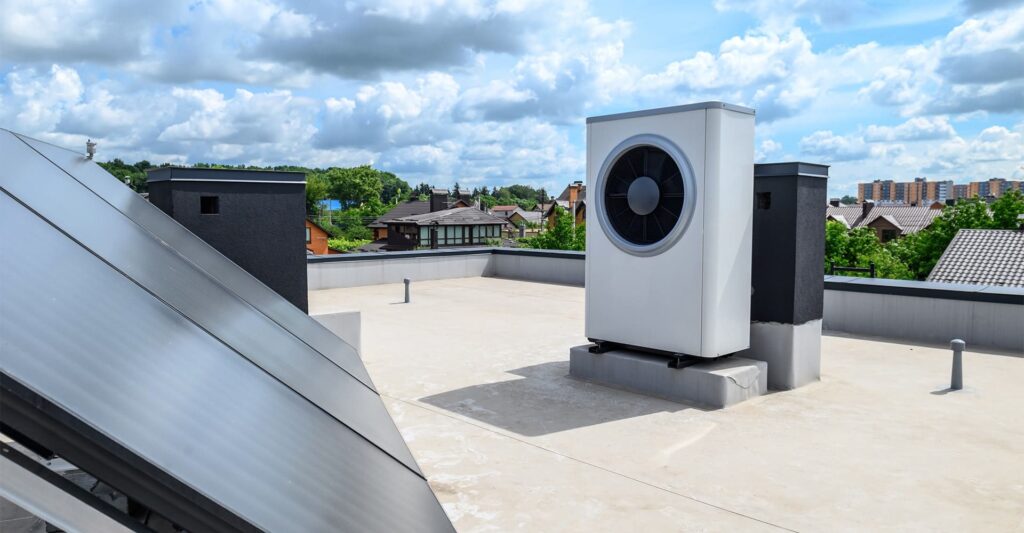There are two possible configurations of this system, which are distinguished by the presence or not of an intermediate fluid that transports the heat from the panel to the heat pump. Machines called indirect-expansion mainly use water as a heat transfer fluid, mixed with an antifreeze fluid (usually glycol) to avoid ice formation phenomena during winter period. The machines called direct -expansion place the refrigerant fluid directly inside the hydraulic circuit of the thermal panel, where the phase transition takes place. This second configuration, even though it is more complex from a technical point of view, has several advantages:


